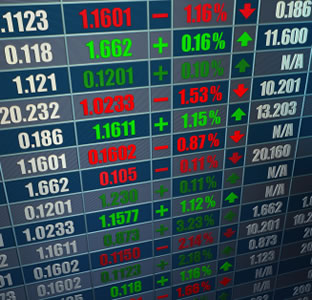Posted on January 24, 2013 by KC Scharnberg, Public Affairs Specialist

stock markets ticker graphic
In fact, stock market trading activity decreases when flu incidence is high, according to a new study by John Wald , UTSA professor of finance in the College of Business.
The study, “Do Stock Markets Catch the Flu?” is forthcoming in the Journal of Financial and Quantitative Analysis. Wald and his co-authors examined the impact of influenza on stock markets, studying the New York Stock Exchange (NYSE) for trading activity and the CDC and Google Flu Trends to measure flu activity in and outside the United States over 13 years.
The results noted that in the United States, a higher incidence of flu is associated with decreased trading, decreased volatility, decreased returns and higher bid-ask spreads. Consistent with the flu affecting institutional investors and market makers, the decrease in trading activity and volatility is primarily driven by the incidence of influenza in the New York City area. However, the effect of the flu on bid-ask spreads and returns is related to the incidence of flu nationally. International data confirm their findings of a decrease in trading activity and returns when flu incidence is high.
So, should investors be wary of flu season? Wald says: “The importance of local flu effects on financial markets suggests that it may be important for companies to urge their key employees to get a flu shot.”


